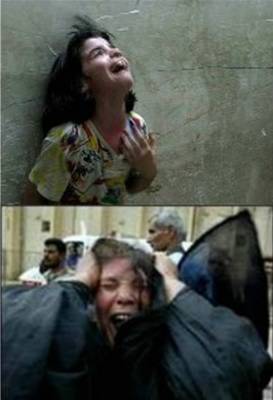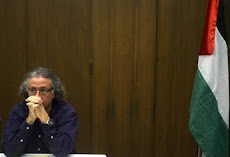Saturday, March 25, 2006
" "The task," President Lyndon Johnson said in 1965, "is nothing less than to enrich the hope and existence of more than a hundred million people." The United States transferred $2.9 billion in economic aid to South Vietnam between 1961 and 1968 alone. In 1967, allied forces distributed more than half a million cakes of soap and instructed more than 200,000 people in personal hygiene. By then, thanks to U.S. pressure, elections at all levels of government had taken place throughout South Vietnam. The plan was to undermine the Vietcong by improving the lives of the South Vietnamese through economic development and political reform. Of course, the counterinsurgency was about more than winning hearts and minds; it was also about fighting. At first, following Congress' decision in 1965 to commit large-scale U.S. ground forces, Americans did much of South Vietnam's defensive work. But in 1969, the Nixon administration changed course and decided to transfer responsibility for ground combat to the South Vietnamese. "We have adopted a plan which we have worked out in cooperation with the South Vietnamese for the complete withdrawal of all U.S. combat ground forces and their replacement by South Vietnamese forces on an orderly scheduled timetable," Richard Nixon declared. "This withdrawal will be made from strength and not from weakness. As South Vietnamese forces become stronger, the rate of American withdrawal can become greater." The strategy, which became known as "Vietnamization," led to the complete withdrawal of U.S. ground forces from Vietnam by 1973. After that, South Vietnamese troops who had been trained and equipped by the Americans conducted all ground operations.""








